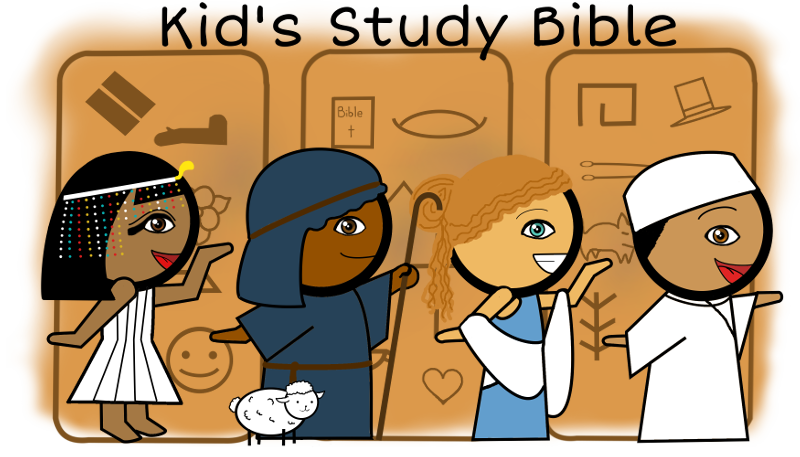Home -> Deuteronomy -> Chapter 34
1
2
and all Naphtali, and the land of Ephraim and Manasseh, and all the land of Judah, to the western sea,
4
The LORD said to him, "This is the land which I swore to Abraham, to Isaac, and to Jacob, saying, 'I will give it to your offspring.' I have caused you to see it with your eyes, but you shall not go over there."
5
So Moses the servant of the LORD died there in the land of Moab, according to The LORD's word.
6
He buried him in the valley in the land of Moab opposite Beth Peor, but no man knows where his tomb is to this day.
7
Moses was one hundred twenty years old when he died. His eye was not dim, nor his strength gone.
8
The children of Israel wept for Moses in the plains of Moab thirty days, until the days of weeping in the mourning for Moses were ended.
9
10
Since then, there has not arisen a prophet in Israel like Moses, whom the LORD knew face to face,
11
in all the signs and the wonders, which the LORD sent him to do in the land of Egypt, to Pharaoh, and to all his servants, and to all his land,
12
and in all the mighty hand, and in all the awesome deeds, which Moses did in the sight of all Israel.


 The Final Words of Moses And His Death
The Final Words of Moses And His Death

De 34:1-12. MOSES FROM MOUNT NEBO VIEWS THE LAND.
1. Moses went up from the plains of Moab--This chapter appears from internal evidence to have been written subsequently to the death of Moses, and it probably formed, at one time, an introduction to the Book of Joshua.
unto the mountain of Nebo, to the top of Pisgah--literally, the head or summit of the Pisgah; that is, the height (compare Nu 23:14; De 3:17-27; 4:49). The general name given to the whole mountain range east of Jordan, was Abarim (compare De 32:49), and the peak to which Moses ascended was dedicated to the heathen Nebo, as Balaam's standing place had been consecrated to Peor. Some modern travellers have fixed on Jebel Attarus, a high mountain south of the Jabbok (Zurka), as the Nebo of this passage [BURCKHARDT, SEETZEN, &c.]. But it is situated too far north for a height which, being described as "over against Jericho," must be looked for above the last stage of the Jordan.
the Lord showed him all the land of Gilead--That pastoral region was discernible at the northern extremity of the mountain line on which he stood, till it ended, far beyond his sight in Dan. Westward, there were on the horizon, the distant hills of "all Naphtali." Coming nearer, was "the land of Ephraim and Manasseh." Immediately opposite was "all the land of Judah," a title at first restricted to the portion of this tribe, beyond which were "the utmost sea" (the Mediterranean) and the Desert of the "South." These were the four great marks of the future inheritance of his people, on which the narrative fixes our attention. Immediately below him was "the circle" of the plain of Jericho, with its oasis of palm trees; and far away on his left, the last inhabited spot before the great desert "Zoar." The foreground of the picture alone was clearly discernible. There was no miraculous power of vision imparted to Moses. That he should see all that is described is what any man could do, if he attained sufficient elevation. The atmosphere of the climate is so subtle and free from vapor that the sight is carried to a distance of which the beholder, who judges from the more dense air of Europe, can form no idea [VERE MONRO]. But between him and that "good land," the deep valley of the Jordan intervened; "he was not to go over thither."